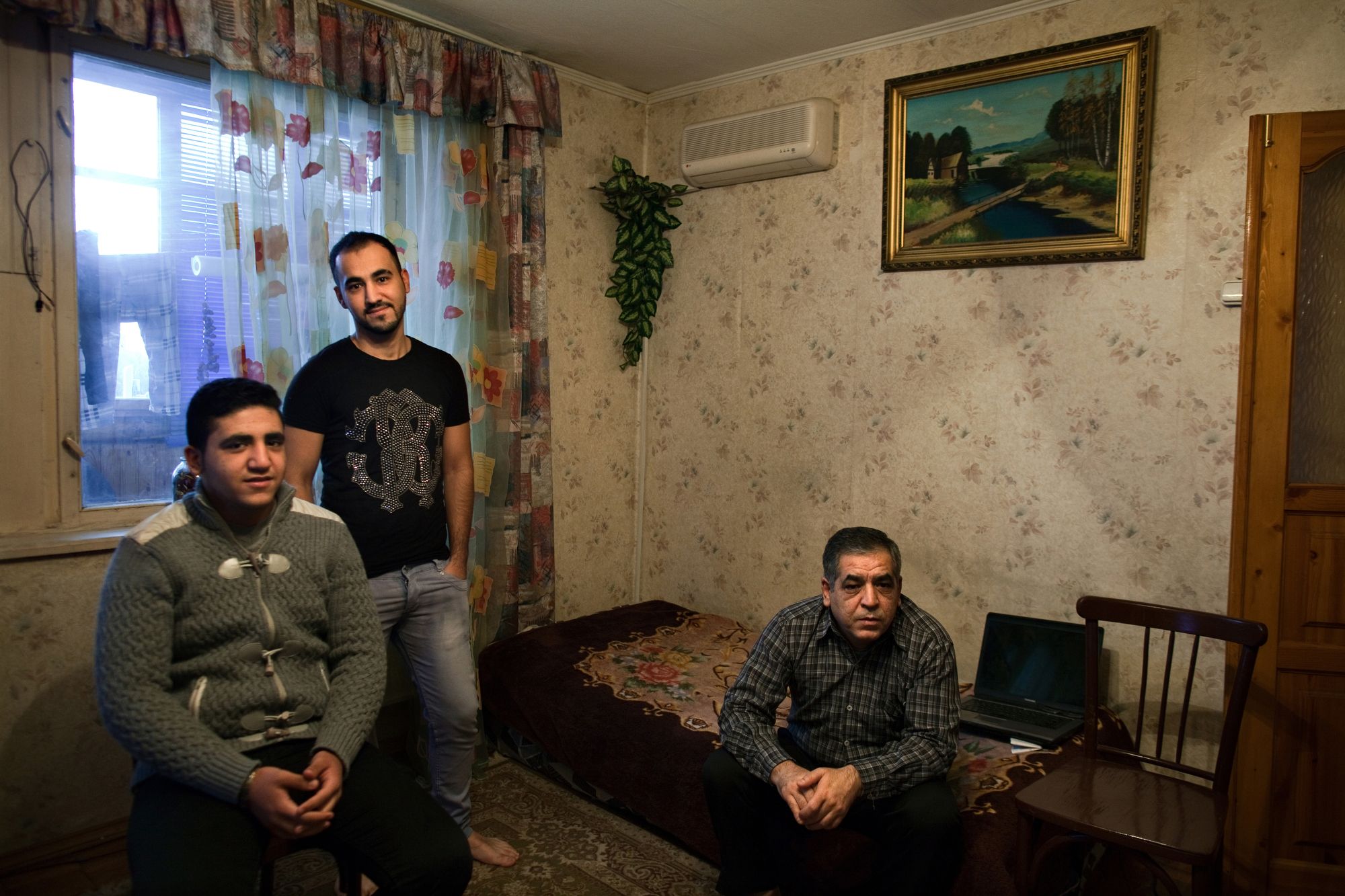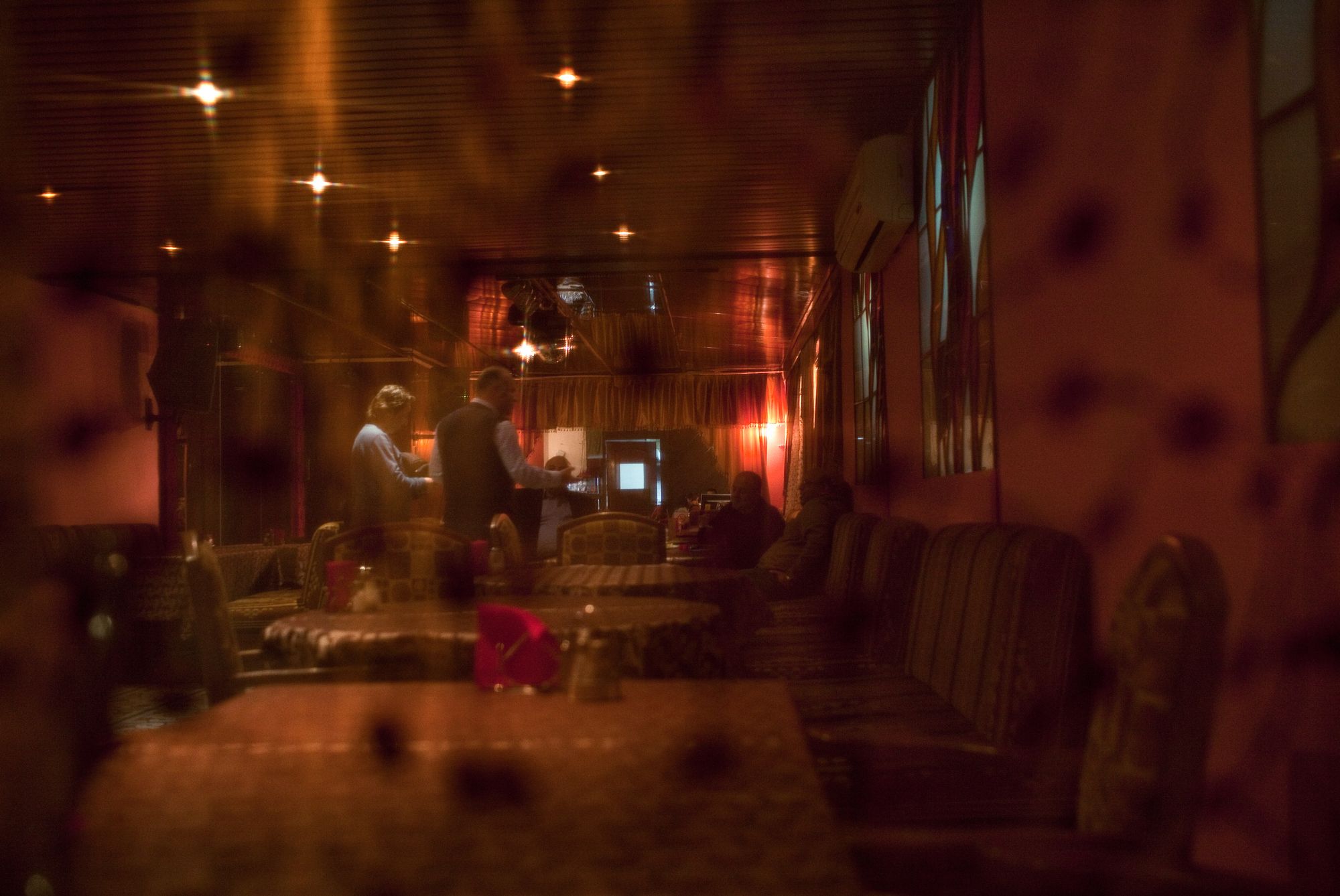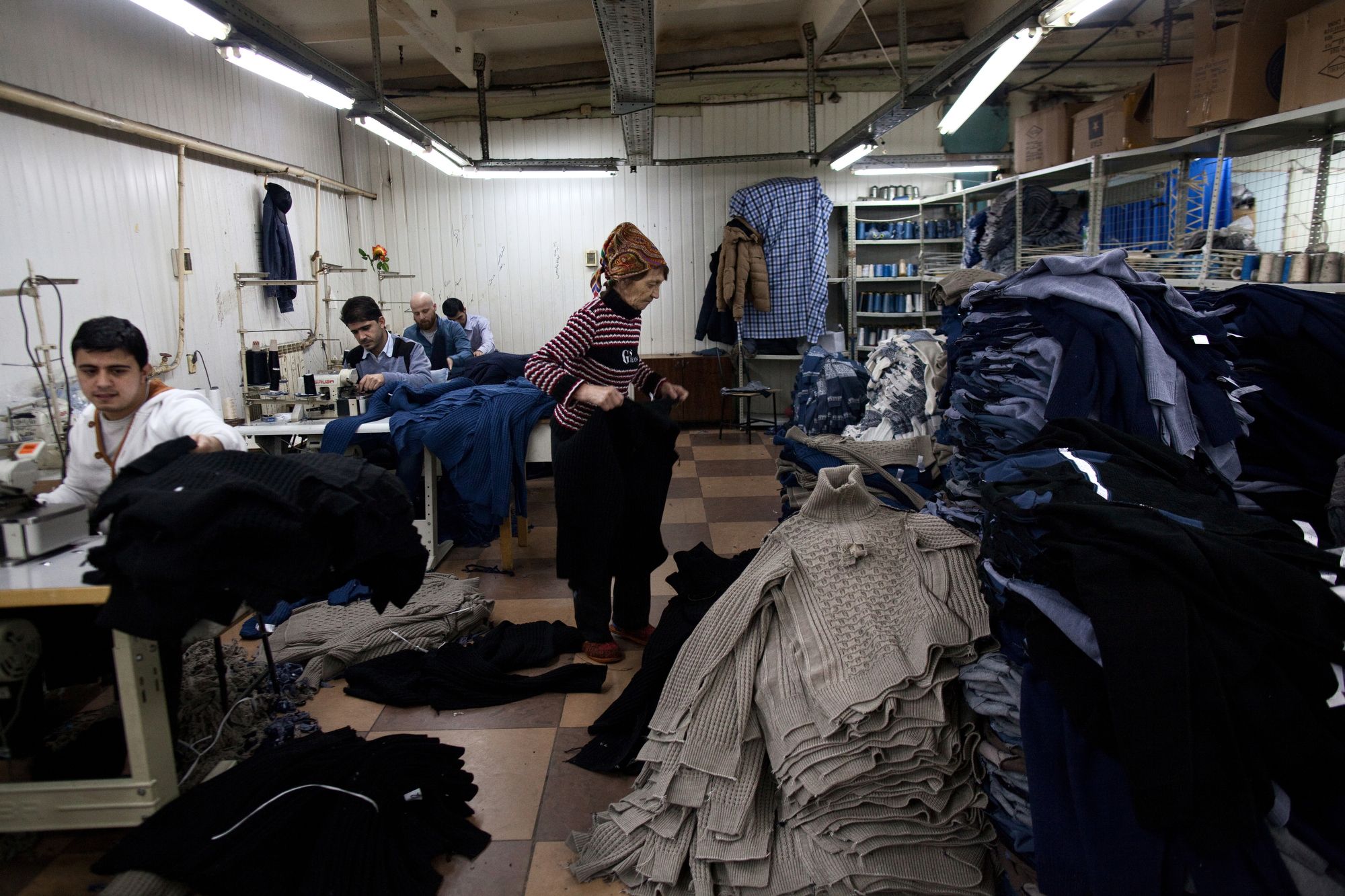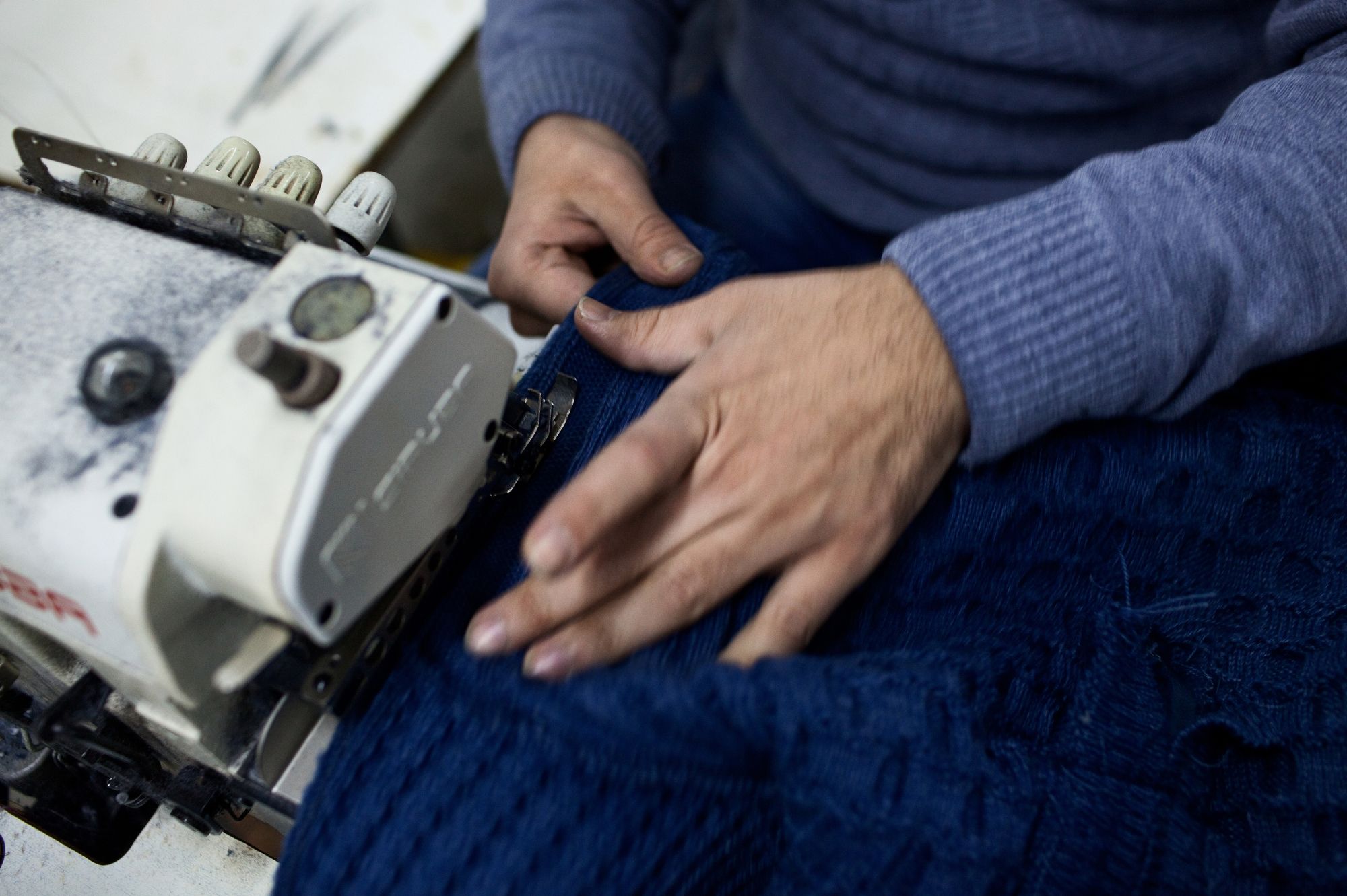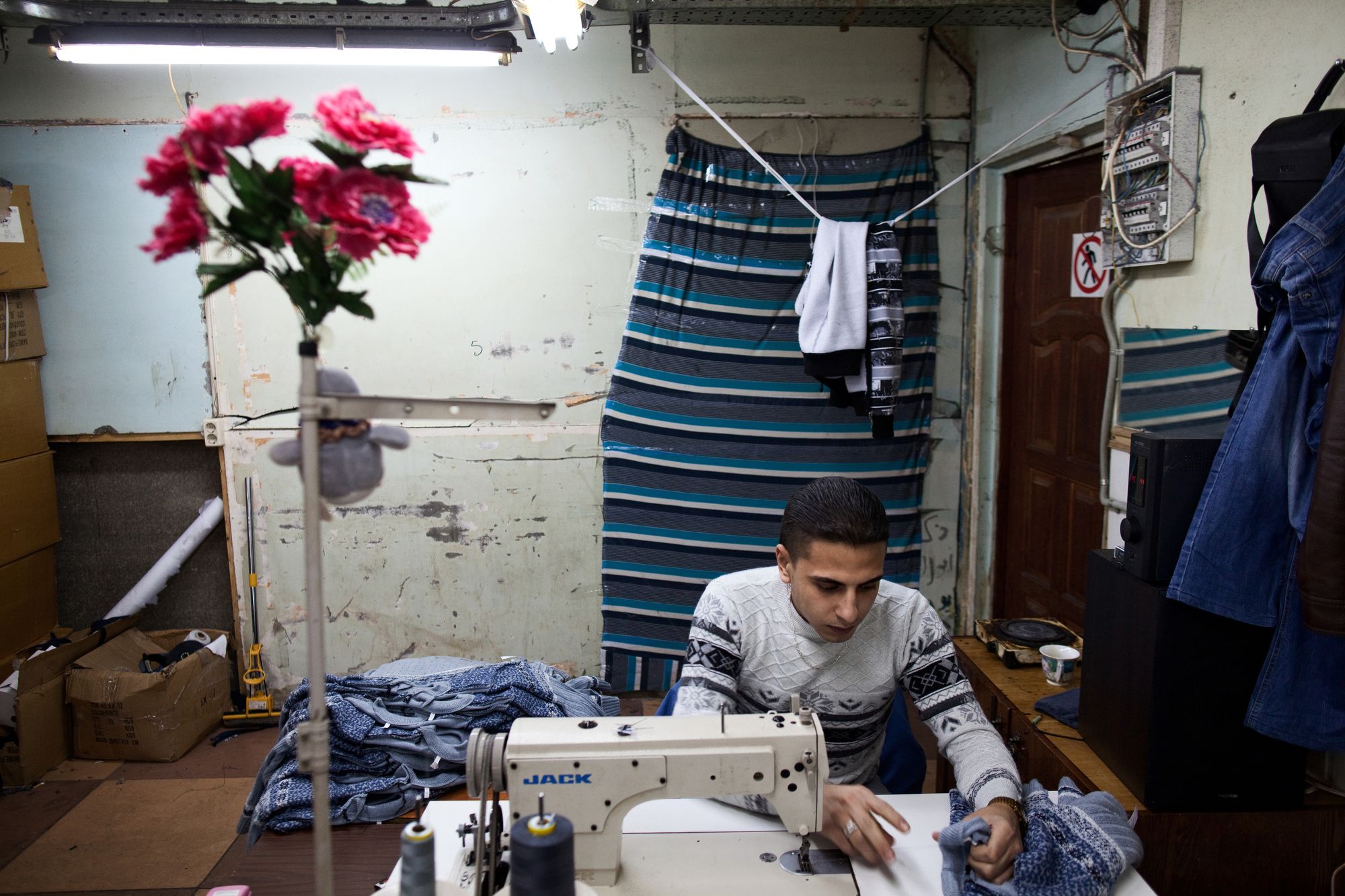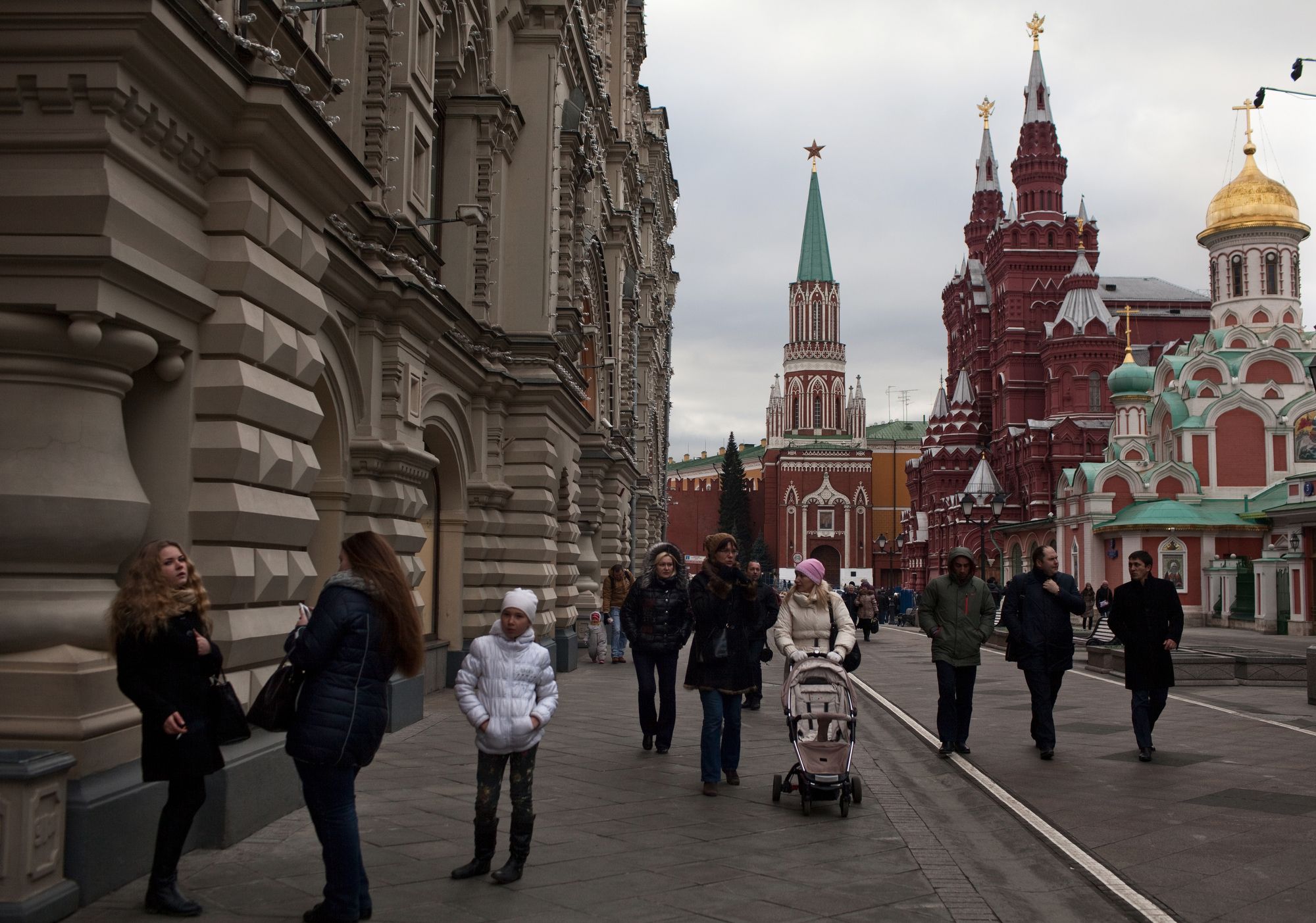February 25, 2015 | Pulitzer Center
By
Holly Pickett
Human rights workers estimate that between 10,000 and 20,000 Syrian refugees reside in Russia, where there is no hope for asylum, or even legal status. Many came to work as tailors in Syrian-owned textile factories in Noginsk, a town 20 miles from Moscow, but now find themselves trapped and facing exploitation from factory owners and from the Russian police.
